World
On This Day in Science - March 22
By Jake Beardslee · March 22, 2024
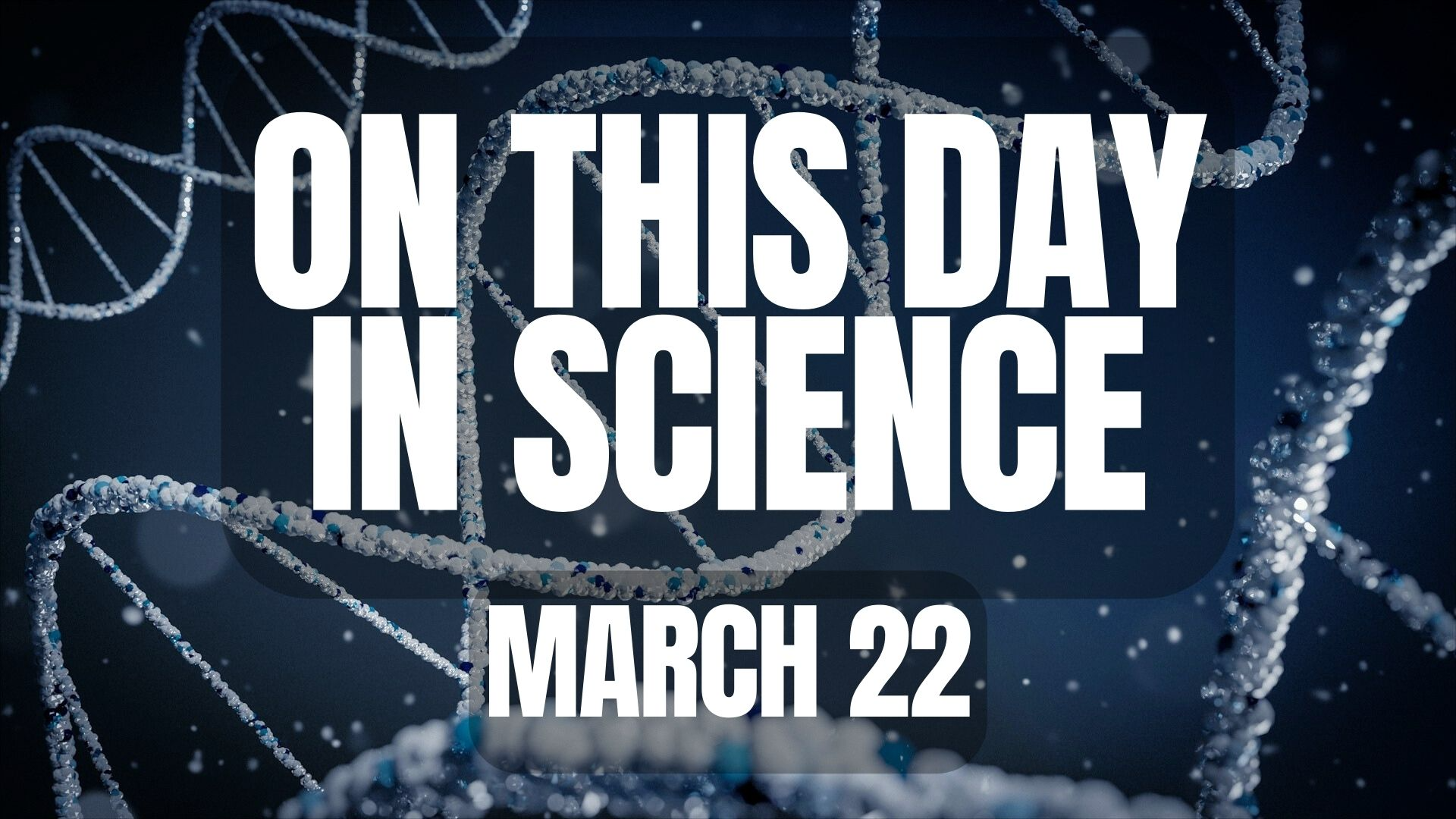
Join us as we unravel the captivating stories behind these scientific milestones, celebrating the inquisitive minds and tenacious spirits that dared to push the boundaries of what was once thought impossible.
Let's explore the scientific events that occurred on this day, March 22. Unsplash
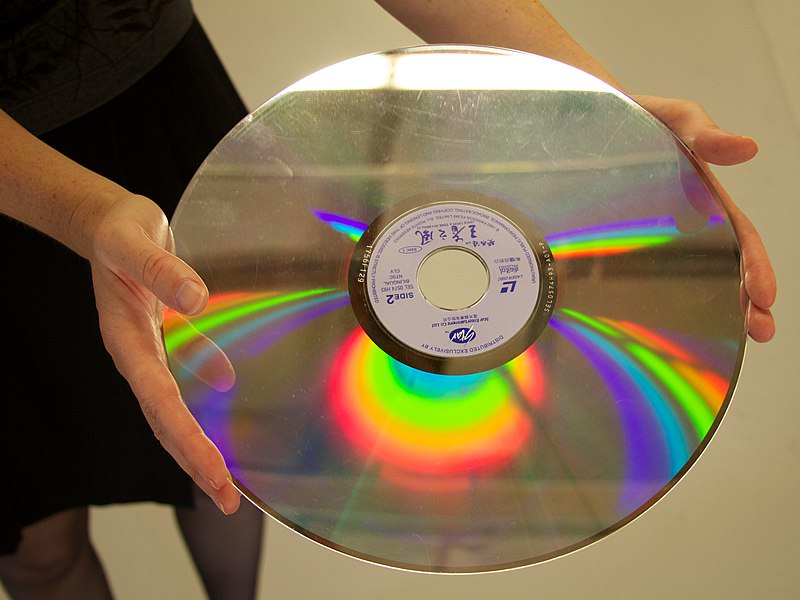
The Dawn of VideoDisc
RCA's SelectaVision VideoDisc, launched on March 22,1981, an electronic capacitance innovation with a stylus reading grooves of varying depths. This advanced system could play a two-hour film on a sizable disc, but its commercial journey ended abruptly in 1984 due to the competitive pricing and popularity of VCRs. Windell Oskay/Wikimedia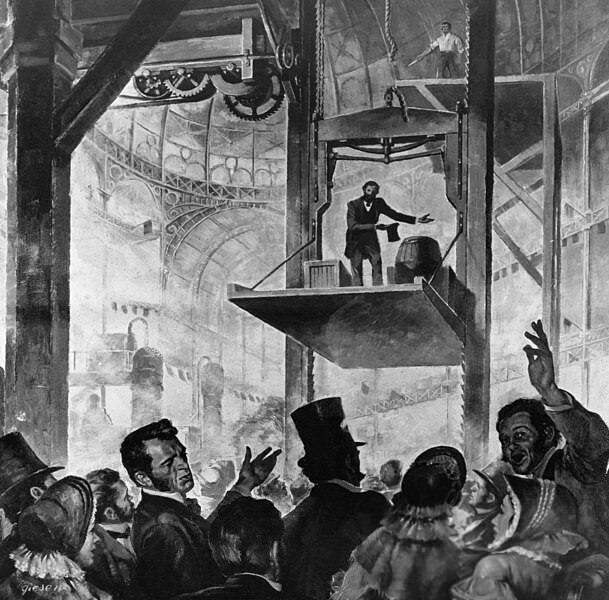
Elevating Innovation
Elisha Graves Otis installed the first passenger elevator in a New York City department store on March 22, 1857, following his innovative safety demonstration in 1854. This invention not only transformed urban architecture but also solidified Otis's legacy in the elevator manufacturing industry, incorporating electric power by 1889. Copie de gravure ancienne/Wikimedia
The Birth of Cinema
The Lumière brothers introduced the world to motion pictures on March 22, 1895, captivating an audience in Paris with "La Sortie des ouvriers de l'usine Lumière," an event that not only marked the dawn of cinema but also the beginning of an international expansion of film exhibition. Manuel Schmalstieg/Wikimedia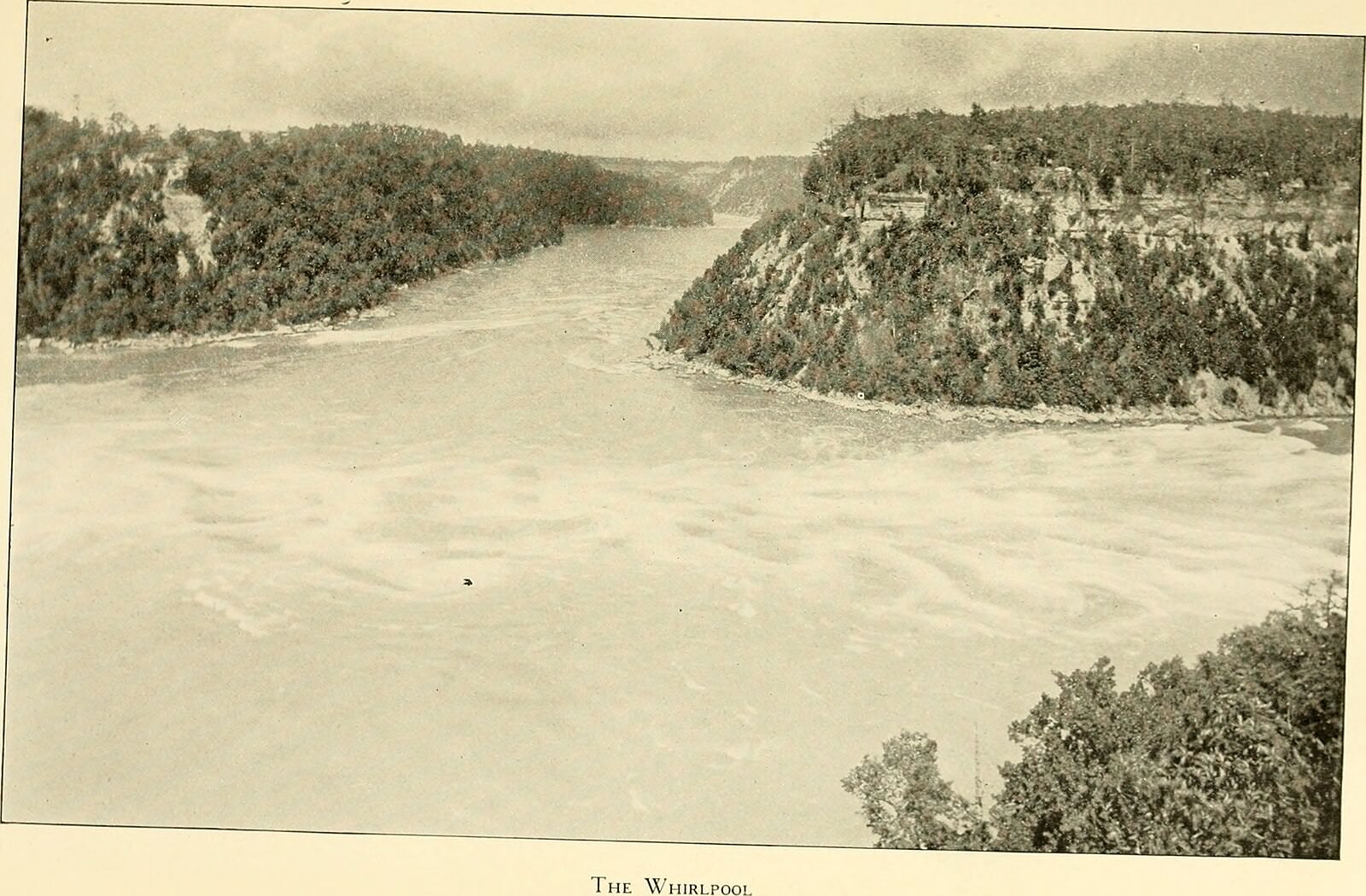
Niagara Falls Went Dry
On March 22, 1903, an unusual drought led to the iconic Niagara Falls running dry, presenting a once-in-a-lifetime view of the riverbed. Dow, Charles Mason, 1854-1920/Wikimedia
Ozone Layer Guardian
On March 22, 1985, the Vienna Convention laid the foundation for global ozone layer protection, initiating in 1988 with the U.N. Environment Programme's support. It addressed the critical need to regulate substances harming the ozone, which shields Earth from harmful UV-B radiation, to prevent increased health risks and ecological damage. NASA - Goddard Space Flight Center Scientific Visualization Studio/Wikimedia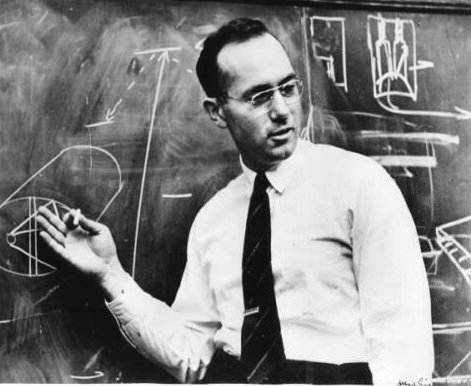
Laser Breakthrough
Arthur Schawlow and Charles Hard Townes achieved a milestone on March 22, 1960 by patenting the first laser capable of operating in the visible spectrum, a groundbreaking invention assigned to Bell Telephone Laboratories, marking a pivotal moment in technology and communication. Unknown (Svenska Dagbladet)/Wikimedia
Beginnings of Broadcast Television
March 22, 1935 introduced television broadcasts in Berlin, Germany, employing a rudimentary 180-line system that marked the inception of regular television broadcasting. Eckhard Etzold.Yagosaga at de.wikipedia/Wikimedia
Taximeter Cabs in London
The debut of internal combustion-powered taxis equipped with taximeters on March 22, 1907 revolutionized London's public transport, offering a transparent fare calculation system, signifying the evolution of modern taxi services. Sicnag/Wikimedia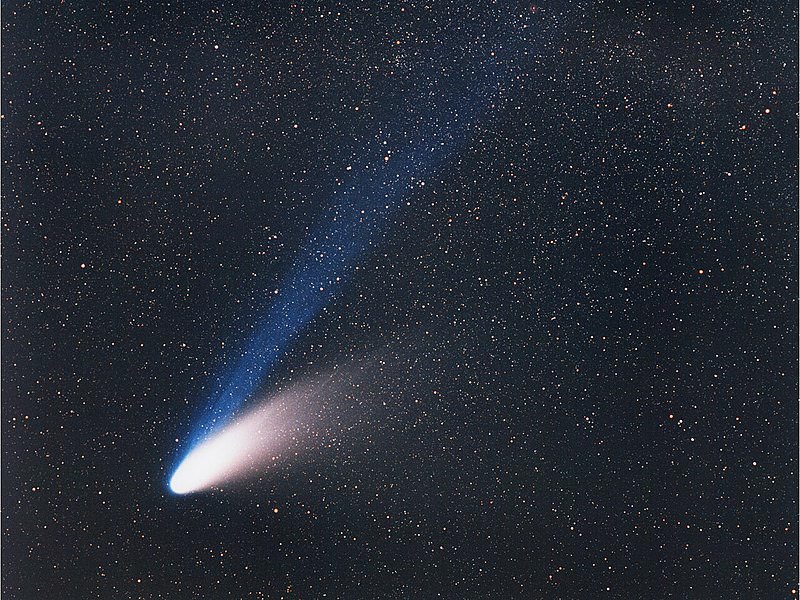
A Celestial Spectacle
On March 22, 1997, the Hale-Bopp comet dazzled onlookers as it whizzed by Earth just over 1 AU away, becoming a brilliant spectacle visible without telescopes. ignoto - Credit: ESO/E. Slawik/Wikimedia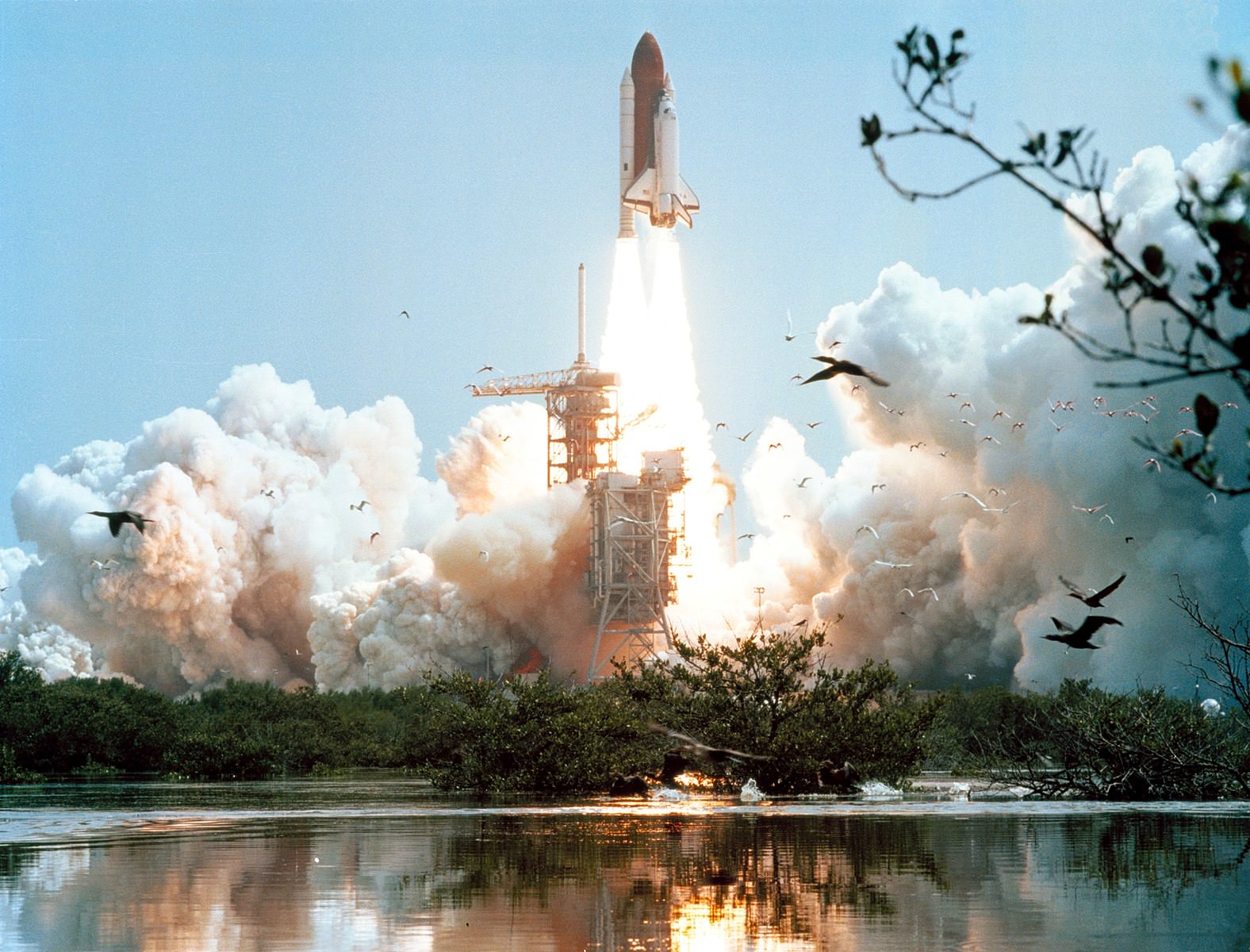
NASA's Milestone
On March 22, 1982, The third journey of NASA's Columbia Space Shuttle, marked by its bare metal fuel tank, embarked from Kennedy Space Center to test durability against solar heat and robotic arms' efficiency. NASA/Wikimedia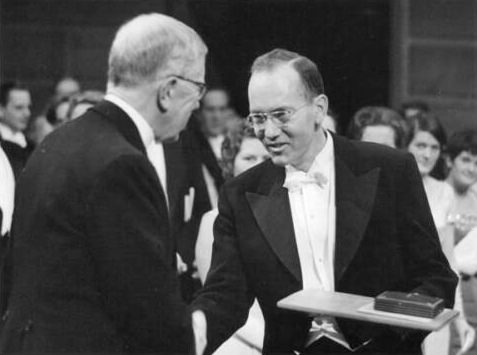
Laser's Genesis
On March 22, 1960, Arthur Schawlow and Charles Townes secured the first-ever laser patent, marking a pivotal moment in the advancement of light technology. Svenska Dagbladet/Wikimedia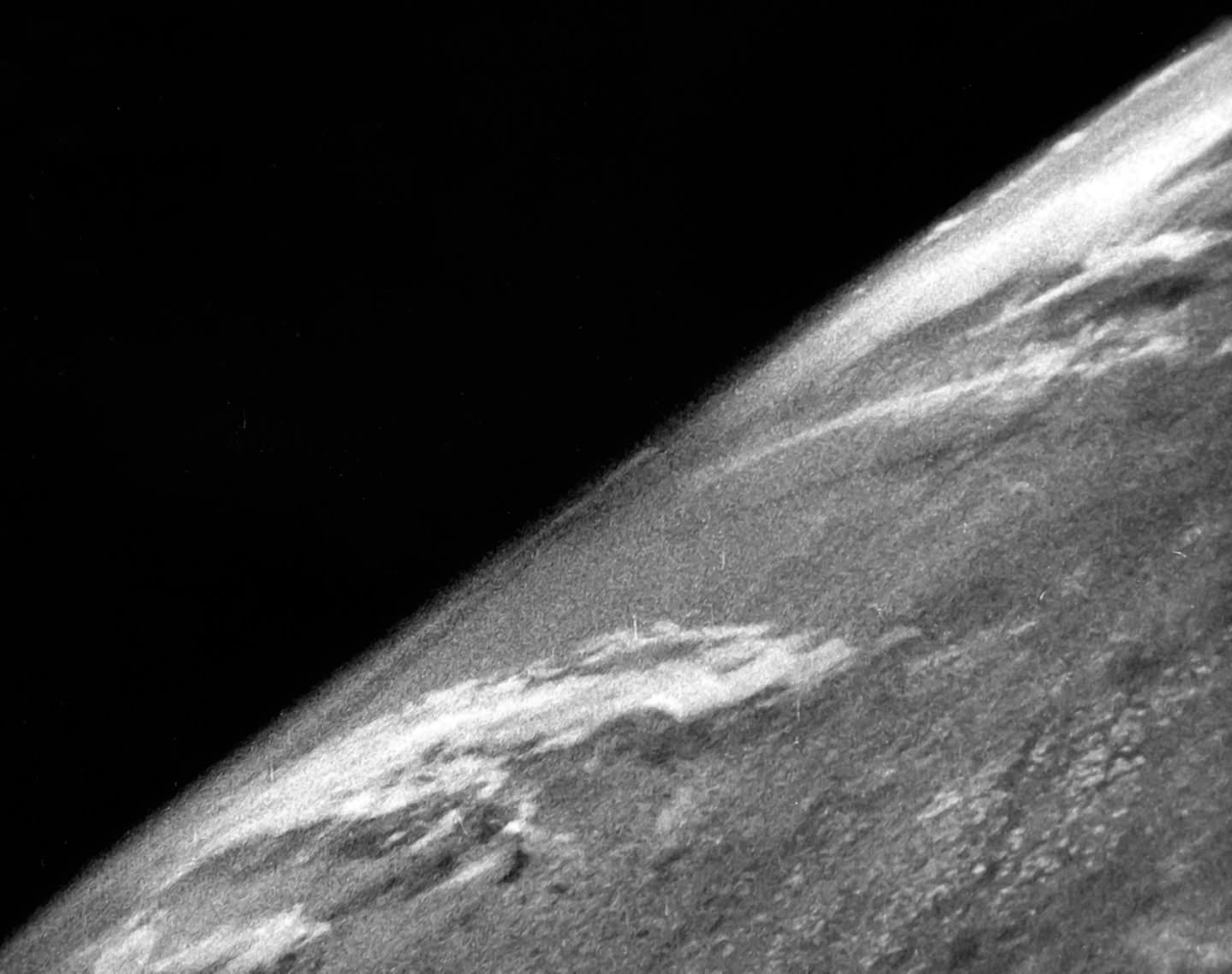
The Sky's New Limit
On March 22, 1946, The United States pioneered rocketry by launching the first rocket to breach the 50-mile altitude, expanding the boundaries of space exploration. White Sands Missile Range / Applied Physics Laboratory/Wikimedia
New York's Forensic Breakthrough
On March 22, 1935, New York set a precedent by becoming the first U.S. court to admit blood test results as legal evidence, enhancing forensic science's role in justice. National Cancer Institute/Unsplash
Aviation's Early Adopters
On March 22, 1914, the St. Petersburg-Tampa Airboat Line introduced the world's first scheduled airline service, pioneering modern air travel with its wooden aircraft. PD-US/Wikimedia